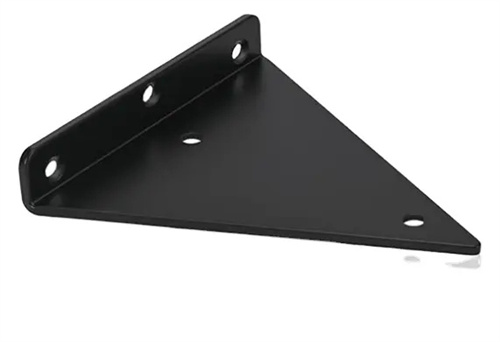Copper strip for transformer
Transformer copper strip is a key material in power transmission, and its performance directly impacts the transformer’s energy efficiency and safe operation. This type of copper strip is typically made from high-purity electrolytic copper and processed through multiple processes, including rolling and annealing, resulting in excellent electrical conductivity, mechanical properties, and corrosion resistance. Precisely laminated and wound between the transformer’s core and windings, the copper strip forms an efficient electromagnetic conversion channel, converting high voltage to low voltage and vice versa, serving as a “bridge” for energy conversion in the power system.

From a production perspective, the manufacture of copper strip for transformers requires extremely high precision. First, the raw material purity must reach above 99.95% to minimize the impact of impurities on conductivity. During the rolling process, the copper strip’s thickness is controlled within a ±0.01 mm tolerance through multiple cold rolling passes to ensure a tight fit during lamination. Annealing is performed under inert gas to prevent surface oxidation. Precisely controlled temperature and time ensure a uniform grain structure, ensuring excellent ductility while maintaining sufficient strength for subsequent processing.

In specific applications, the selection of copper strip for transformers must be tailored to the transformer’s capacity, voltage level, and other parameters. For example, in large power transformers, to reduce eddy current losses, the copper strip is typically coated with an insulating layer, creating a thin insulating layer. This design effectively reduces wasted current within the conductor and improves transformer efficiency. In smaller distribution transformers, the width and thickness of the copper strip must match the core window size to achieve a compact design and save installation space.

With the development of the new energy industry, the market demand for copper strip for transformers is showing new trends. New energy power generation projects such as wind power and photovoltaics are placing higher demands on transformer energy efficiency, driving the development and application of high-conductivity copper strip. Furthermore, the advancement of ultra-high voltage transmission projects is increasing demand for ultra-wide and ultra-thick copper strip for transformers. This poses new challenges to the rolling capacity and precision control technology of production equipment, prompting the industry to continuously upgrade processes and improve product performance.

From an industry development perspective, transformer copper strip production is moving toward greener and more intelligent manufacturing. By adopting clean energy and optimizing wastewater treatment processes, the environmental impact of the production process is reduced. Automated production lines and online testing technologies are also improving product quality and consistency. In the future, as new transformer technologies continue to emerge, copper strip materials will also see further innovation, providing strong support for the sustainable development of the power industry.
